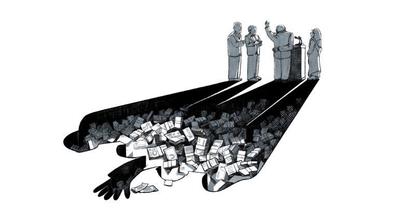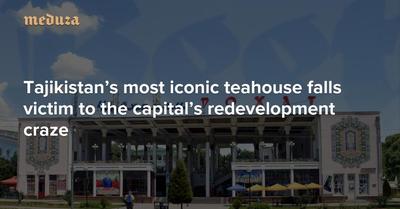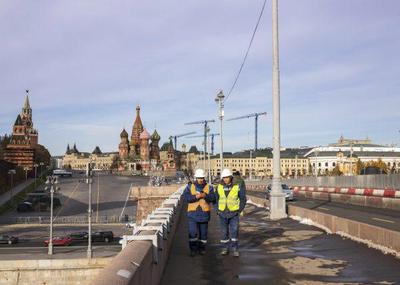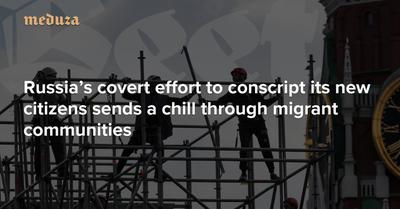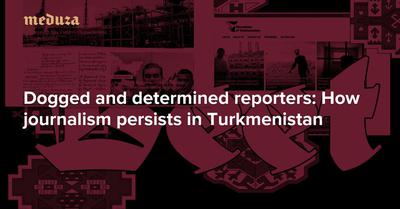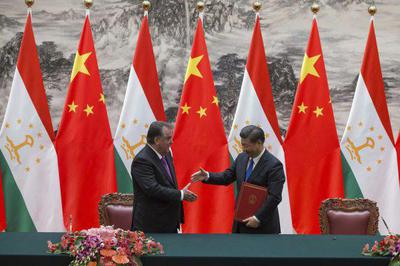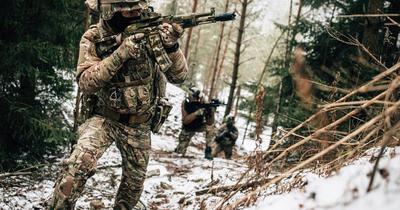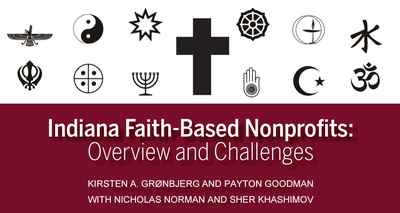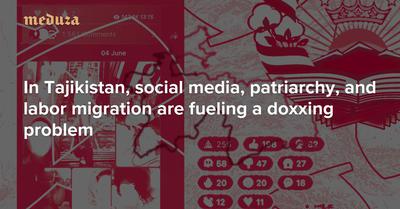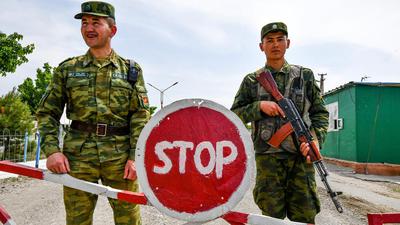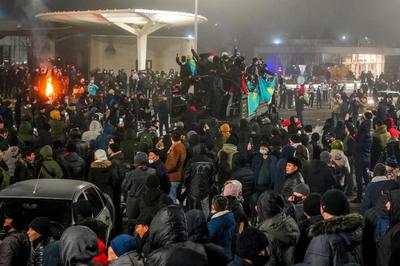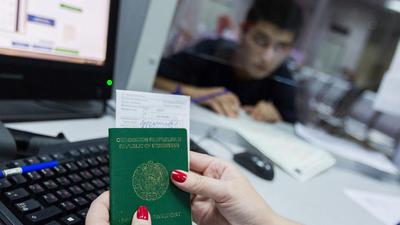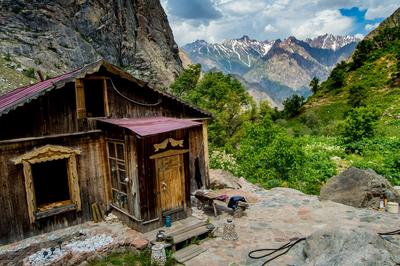
The watchman in the valley: What the sole resident of Tajikistan’s breathtaking Siyoma gorge can tell us about climate change
Tajikistan's gorgeous Siyoma Valley, one of my favorite places in the world, is slowly withering away. Anthropogenic climate change, overgrazing, pollution, and resource extraction are threatening the valley's fragile ecosystem. I've made multiple trips to the valley over the past decade, observing the changes and talking to its sole resident about what those changes mean for the rest of Central Asia.
